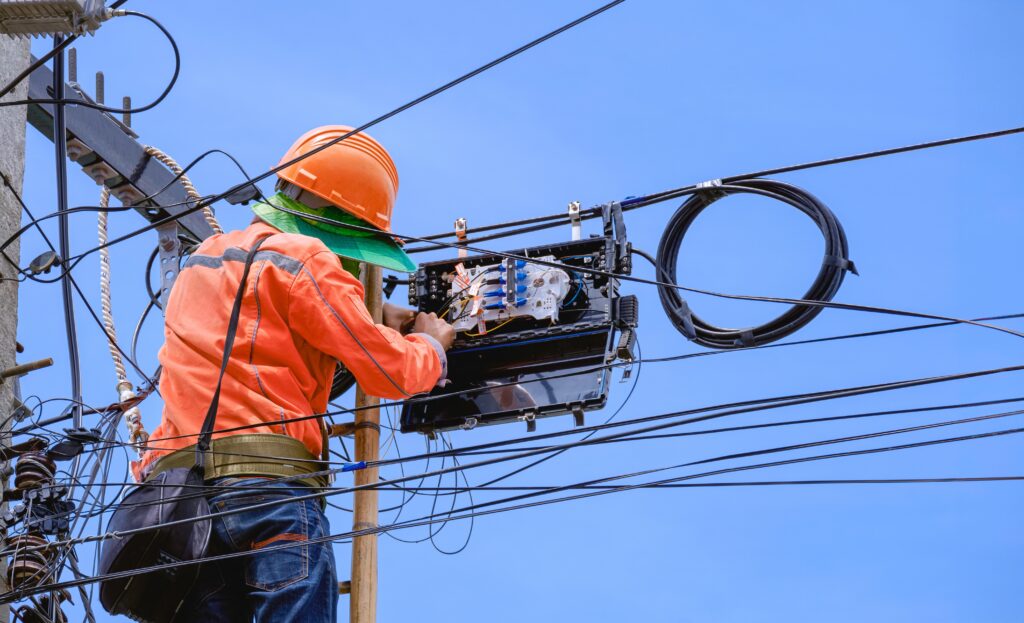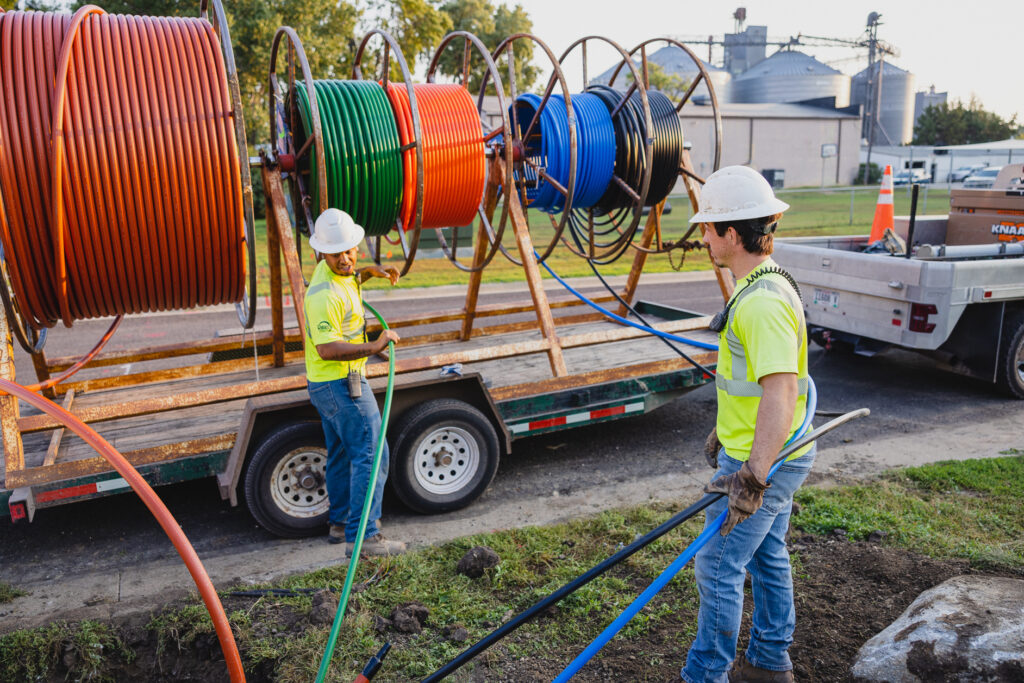DOCSIS 3.1 Technology
Cable networks are able to deliver data to a consumer’s home using a technology standard called DOCSIS.
DOCSIS is a set of instructions and rules governing how data is managed and delivered over cable networks. DOCSIS is, in essence, the technology that makes cable broadband work.
DOCSIS is Improving!
The current standard and still most commonly deployed, DOCSIS 3.0, is capable of delivering 900 megabits per second download speeds. The latest version, DOCSIS 3.1, tops out at a whopping 10 gigabits per second!
It doesn’t do it just by adding more data channels. It does it by using advanced frequency techniques to allow more information to be encoded over the same wires.
And that’s what makes DOCSIS 3.1 so remarkable – it expands internet speeds more than ten-fold via existing infrastructure.
Does anything have to change in order to get ready for DOCSIS 3.1?
Yes. Upgrades will be made to regional internet distribution facilities (also known as headends) to add new software and hardware components. These changes won’t require installation of new cables or amplifiers which is why DOCSIS 3.1 will become available so quickly.
As ISPs upgrade their networks for DOCSIS 3.1, you will need to get a new modem designed to deliver the super speeds made possible by the upgrade.
So When Will I Get Gigabit Broadband?
Some cable customers already have it. More will get it in the coming months. Soon we expect more people will get gigabit broadband from cable than from any other internet technology.







